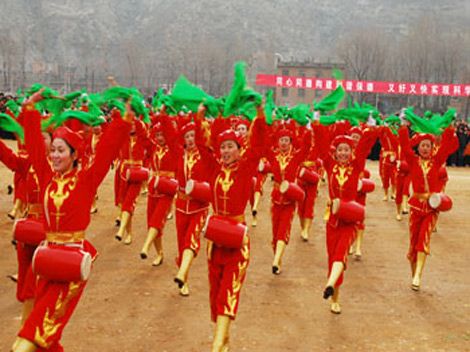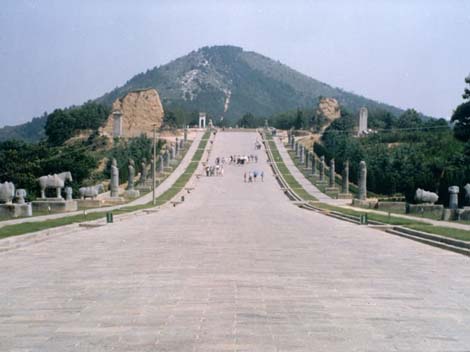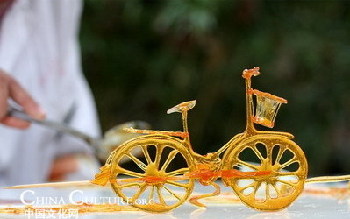| Home > China Feature |
About the End of Qing Dynasty
During the previous few years many of the revolutionary groups and secret societies within China had become allied with the republican movement of Sun Yat-sen, whose hope was to start separate provincial revolutions simultaneously in many different parts of China. Events followed his blueprint almost exactly. An uprising in Sichuan (over the government’s railway policy), followed by a rebellion of the soldiers of Wuchang in Hupei, led to revolutionaries seizing important centers all over the country in October 1911. In rapid succession province after province declared themselves independent of the Manchu court, and on 12 February 1912 it was announced from the palace that the child-emperor was abdicating. The edict included the sentence ‘The people’s wishes are plain’, but even now authority was sought, and duly found, in the classics; ‘The form of government in China shall be a constitutional Republic, to comfort the longing of all within the empire and to act in harmony with the ancient sages, who regarded the throne as a public heritage.’
Thus ended the world’s most remarkable span of imperial history. It was 2133 years since Shi Huangdi had first unified China. His hope of countless emperors from his own line had been soon frustrated, but the generations of rulers following him on that same imperial throne had been as near to countless as history is likely to come. One loses a normal sense of time in writing or reading of China. Comparison with two of the world’s other great empires can serve perhaps to put her dynasties into some sort of perspective. The Roman Empire was founded during the Han dynasty and came to an end in the gap between the Han and the Tang. The British Empire began early in the Qing dynasty and barely survived it.
During those two millennia the Chinese had developed a consistent and slowly unfolding culture, faithful throughout to its own particular virtues and vices. From the disciples of Confucius in 500 BC to those who were still being examined on their understanding of his ideas in AD 1900, from the autocracy of Shi Huangdi to that of Cixi, from the pottery of the early tombs to the porcelain turned out by the imperial kilns at Jingdezhen, from the characters of the oracle-bones to those announcing the last emperor’s abdication - in all these respects, and many more like them, the beginning and the end of Chinese imperial history show closer links over thousands of years than one is accustomed to find elsewhere over hundreds. There has been no story like it in human experience.
Art
 more
moreYicheng Hua Gu
The Flower Drum 花鼓 of southern Shanxi Province is a kind of folk d...

Sculpture in Qianling Mausoleum
The sculpture of Qianling Mausoleum is the main relic of the ground ...

A Sweet Art:Sugar Painting
In and around China’s southwestern Sichuan Province, it is usual to ...

Custom
 more
moreWeb Dictionary
Martial Arts
Wuxia, a Popular Culture for Most Chinese-Speaki...
Wuxia (武侠) is a broad genre of Chinese fiction that concerns its...
“Chinese Kung Fu Hot”
“Part the Wild Horse’s Maneton Both Sides”, “White Crane Spreads Its...
“Chinese Kung Fu Hot” in Alfred University
“Part the Wild Horse’s Maneton Both Sides”, “White Crane Spreads Its...





 print
print  email
email  Favorite
Favorite  Transtlate
Transtlate 







